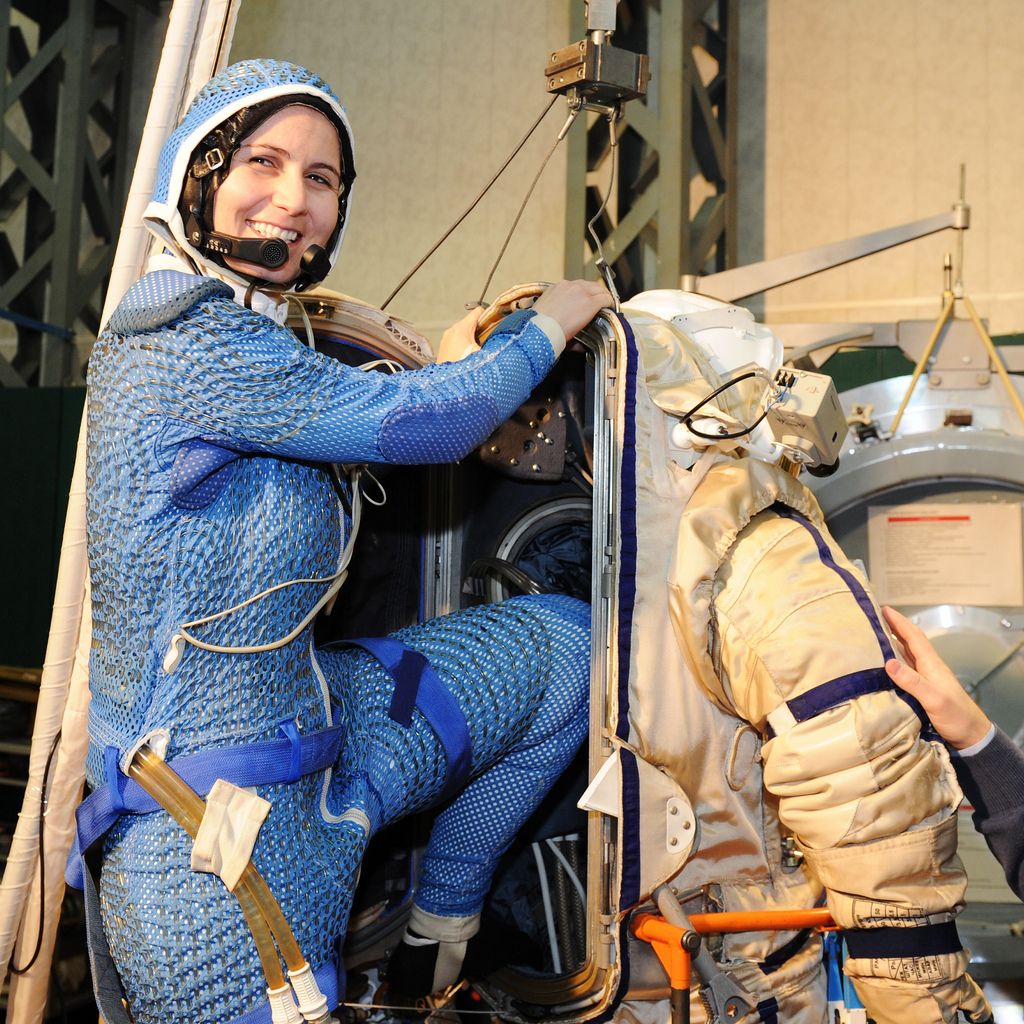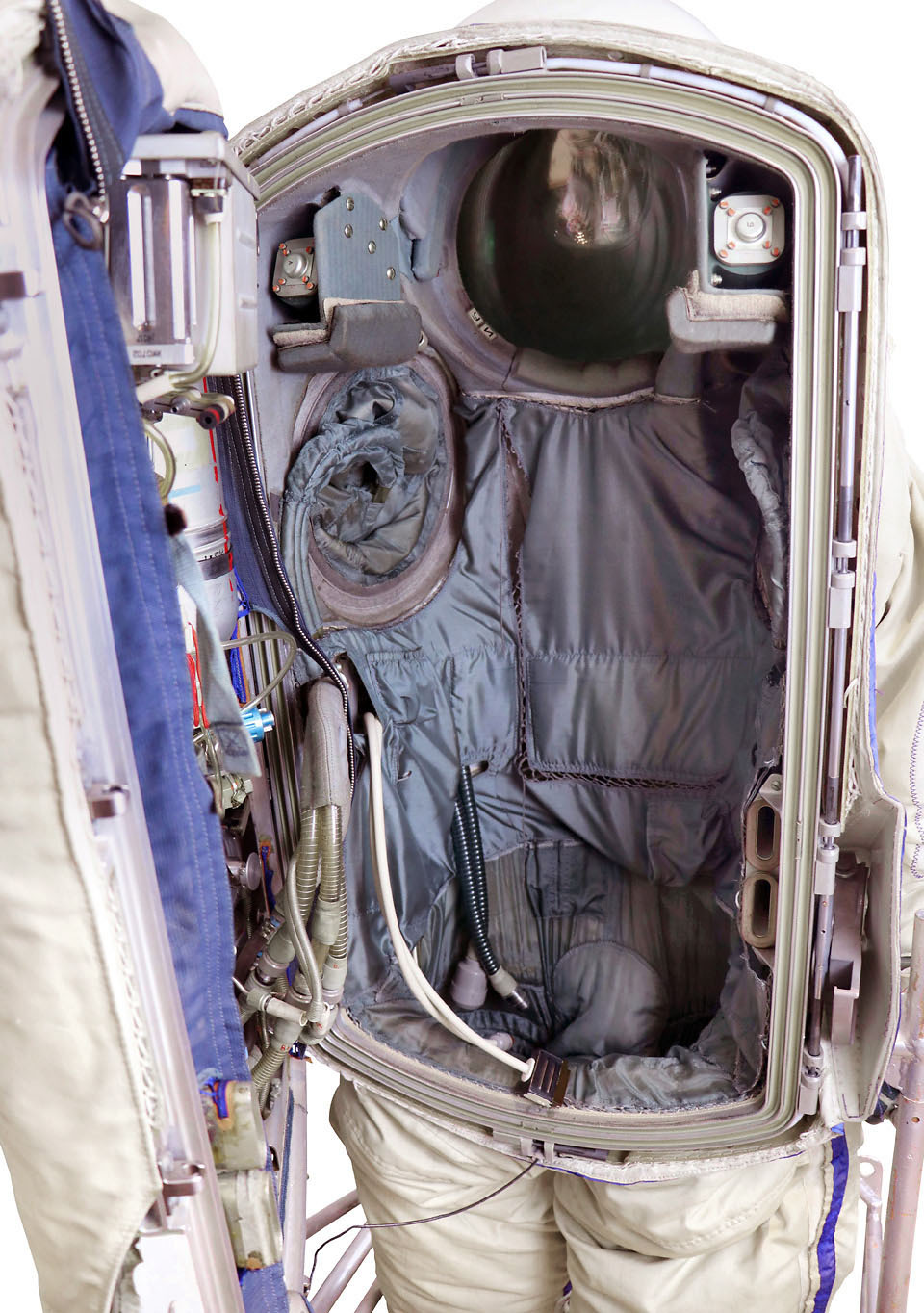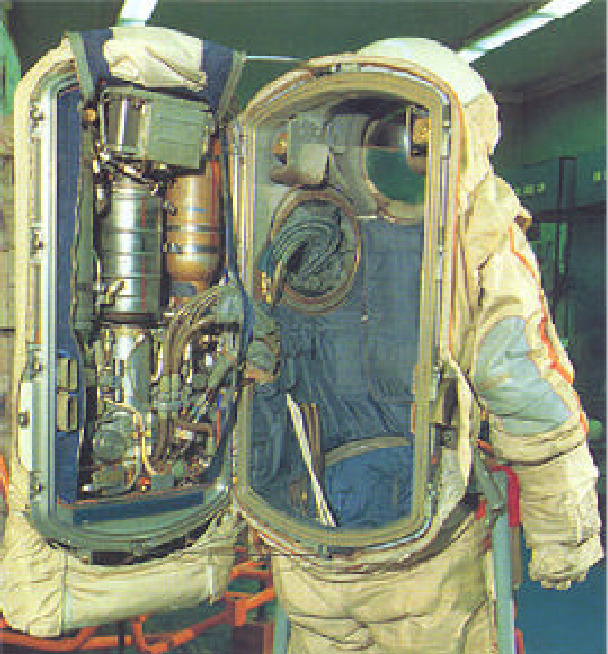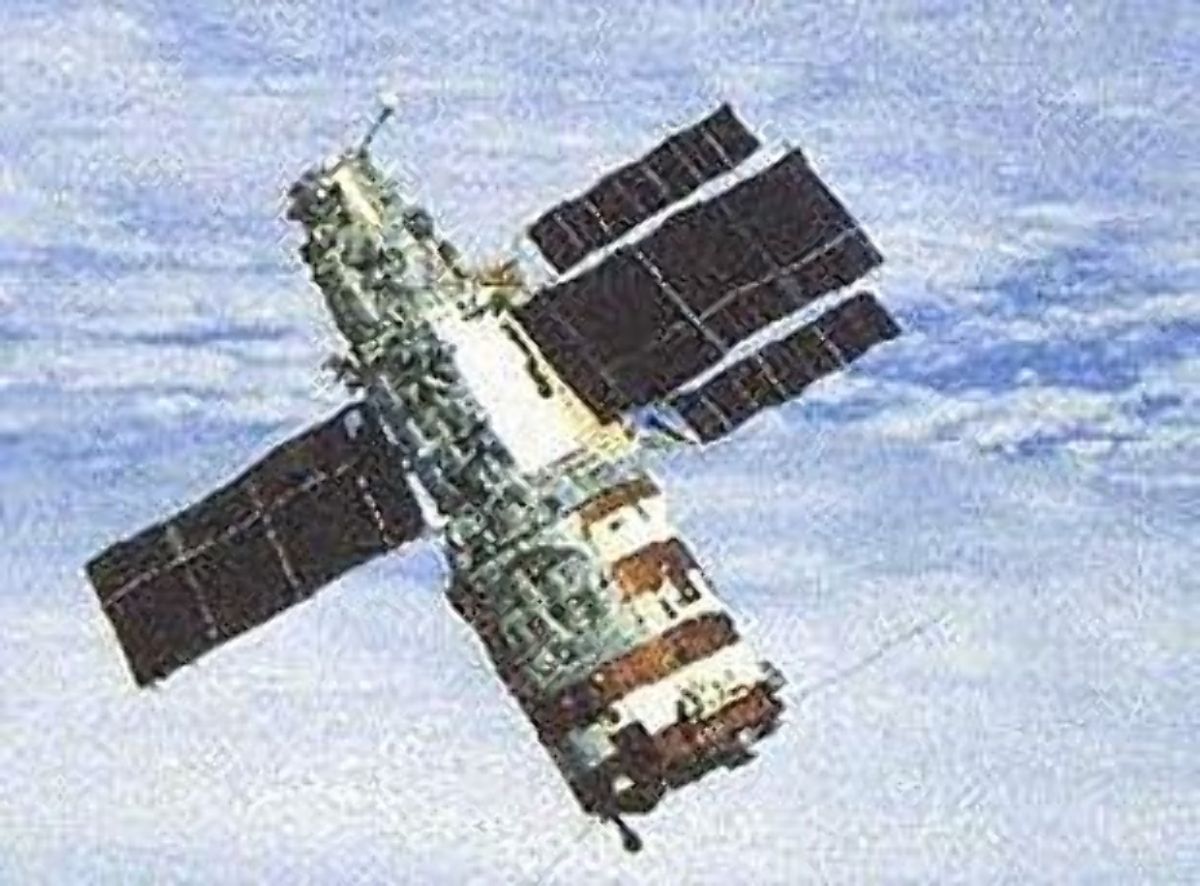- cross-posted to:
- technology@lemmygrad.ml
- technology
- cross-posted to:
- technology@lemmygrad.ml
- technology
So, to be clear, the T-72, a decades-old platform, is performing much better than the faulty systems that NATO has lavished upon Ukraine. In fact, in many cases, as with the U.S.-provided Abrams MBTs, the Ukrainians have had to pull them entirely from the front as they were not serving the Ukrainian military well. For a fraction of the cost of these other, newer systems, the Russians are simply amping up the old T-72 with defenses like reactive armor and greater countermeasures against mines and rocket-propelled grenades (RPGs).
Whenever people talk about Soviet-designed Russian tanks doing so well in modern times, I keep thinking about the difference between American and Soviet spacewalk space suit designs.
Here’s the process for donning the standard NASA space suit used on the shuttle and the ISS, the Extravehicular Mobility Unit. It’s not exactly an easy or solo process.
Putting on the Soviet-designed Orlan suit is somewhat simpler. You unzip the backpack seam, swing it open, and climb in. There’s even an emergency procedure for zipping it back up by yourself while you’re in the suit, in case the station is literally falling apart, there’s no one around to do the usual seal checks and zip it, and you have a choice between a potential sealing issue and certain death.


It’s also easier to maintain. All the systems are accessible by just unzipping a fabric panel in the swung-open backpack.

The Soviet space engineering mindset mirrored the general Soviet engineering mindset. Make things relatively simple to maintain and upgrade. For example, there’s a reason that most ISS modules are shaped like two cylinders joined together, one slightly larger than the other:

They’re all based on the Salyut modular design.

Another point that proves the American military industrial complex is good at weapons but not at war. It highlights the typical capitalist need for planned obsolescence. A socialist military plans for the survivability and reparability of it’s personnel and machines. The capitalist wants the machine to have expensive repairs. If people die? Oh well. Interesting article
Look at any deployment of a new piece of equipment in the military, a ton of staff to teach how to use, a tone of staff to deliver the equipment, the. a tom of staff to maintain. Logistics are always important in war but the US requires so much more of it than other countries
People really tend to lack appreciation for the value of simplicity in design. I find a similar thing happens in software development as well. You see people build these incredibly complex systems chasing industry best practices. Meanwhile, the most robust projects tend to be the ones that are just focus on solving the actual problem and being as minimalist as possible. The most moving pieces you have a in system the harder it becomes to reason about, and the more things can go wrong as a result.
I found a YouTube link in your comment. Here are links to the same video on alternative frontends that protect your privacy:
deleted by creator



